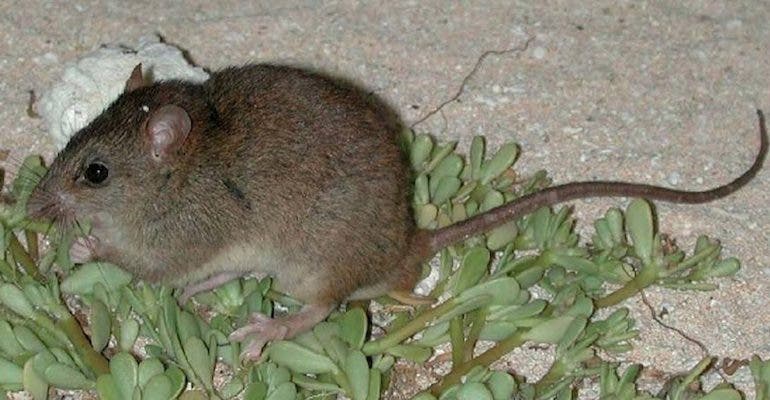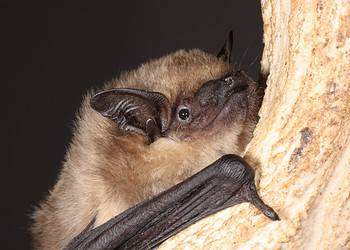
Great Barrier Reef’s only endemic mammal, the Bramble Cay melomys, is now officially extinct, scientists say. The rat-like rodent occupied a very confined habitat spanning an area no larger than a football field called Bramble Cay, a minuscule atoll in the northeast Torres Strait, Australia. Although pressured by human hunting and competition with other species, what ultimately killed off the species were surging sea waters and rising tides triggered by man-made climate change — the first mammalian species wiped out of the evolutionary history books in this manner.
The small coral cay where the rodent used to live was just 340m long and 150m wide, sitting only three meters above the sea level, off the north coast of Queensland, Australia. When Europeans first settled Queensland around 1845, records show they proceeded hunting the ‘rats’ with bow and arrow. By 1978, only a couple hundred specimens were recorded during field surveys, which were quite accurate given the minute area. Around this time the rodent was listed as endangered.
The last melomys were sighted in 2009, and despite extensive surveys in the area, no specimen was found even to this day. There might still be some odd rodents lurking in some crevices, but that seems unlikely given that their habitat is often flooded nowadays, which left them without food, shelter or any kind of livelihood. Natalie Waller and Luke Leung from the University of Queensland now claim with high confidence that the melomys are extinct, in a recent review.
“For low-lying islands like Bramble Cay, the destructive effects of extreme water levels resulting from severe meteorological events are compounded by the impacts from anthropogenic climate change-driven sea-level rise,” the authors said in their report.
“Significantly, this probably represents the first recorded mammalian extinction due to anthropogenic climate change,” they added.
Unfortunately, this might just be one of the first in many yet to come. A 2013 report notes 17 percent — one in six — of threatened and endangered species are at risk from rising sea levels in the United States alone. As for Australia’s coral reef, things are pretty bleak. Half of the Northern Great Barrier Reef is now dead at the hand of global warming which triggered massive coral bleaching.






